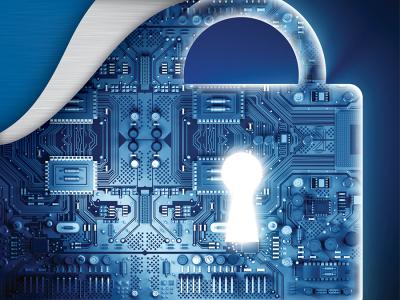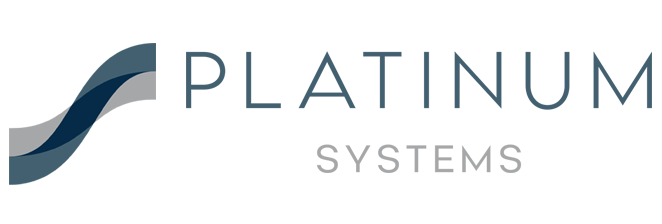
1. Malware Use Grows
Malware will continue to evolve and multiply. Threats of data destruction and ransomware continue and become more sophisticated. Early detection and the use of off-site backups are important to reduce the impact and spread of malware.
2. Employee-Owned Devices
This trend continues to grow as adoption rates increase in all sizes of businesses. Security approaches that include all network attached devices become critical as these devices increase the complexity of business network environments. Additionally, expansion in this area should raise awareness that all devices attached to the network represent access or vulnerability points for hackers.
3. Legacy Software
Not to be overlooked, measures should be put into place to ensure older software is included in regular patch release maintenance. Certain source code may be more vulnerable than others. Be informed of the risk inherent in your software footprint.
4. Early Detection
Prevention continues to be important, however with changing threats early detection and response become the focus. Traffic and event monitoring of any connected device become the forefront of measures to protect business assets.
5. Attacks on Small and Medium Businesses Increase
Perhaps this should be first on the list. Hackers are targeting companies of all sizes that conduct any transactions online and have customer information. Diligence to address network protection that includes anti-virus, anti-malware, best practice firewalls, filtering and monitoring guard against fraud, as well as threats to customer and financial data.
